Nội Dung Chính
(Page 78)
II. LANGUAGE
Pronunciation
Homophones
💡Remember!
Homophones are words that have the same pronunciation but different spelling and meanings.
Example: I have two books, too.
/tu:/ /tu:/
1. Listen and repeat the following homophones. 🎧
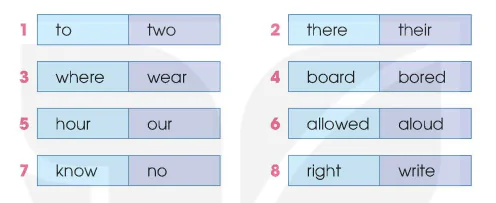
1. to two
2. there their
3. where wear
4. board bored
5. hour our
6. allowed aloud
7. know no
8. right write
2. Choose the correct words to complete the sentences. Listen and repeat. Then practise saying the sentences in pairs.
1. There are more than two / to types of robots.
2. We want to know wear / where Al technologies are used today.
3. There / Their have been some worries about Al taking over the world.
4. Robots can work for long ours / hours without feeling tired.
5. We have no / know idea about the future of Al in space exploration.
Vocabulary
Science and technology
1. Match the words with their meanings.
| 1. advanced (adj) | a. a computer programme that can have a conversation with a human being, usually over the Internet |
| 2. chatbot (n) | b. to examine the nature or structure of something |
| 3. artificial intelligence (n) | c. modern and recently developed |
| 4. programme (v) | d. to tell a machine to operate in a specific way |
| 5. analyse (v) | e. the study and development of computer systems that can copy human behaviour |
(Page 79)
2. Complete the sentences using the correct forms of the words from 1.
1. _____ is now part of our everyday lives.
2. With its human-like appearance and ability to walk and talk, Sophia is considered the most _____ robot in the world.
3. Robots must be _____ to perform human-like activities.
4. This programme uses students' answers to _____ their language proficiency.
5. Many businesses use _____ to offer real-time customer support.
Grammar
Active and passive causatives
💡Remember!
• The active causative is used when the subject causes the object to do something. The pattern means 'to cause someone to do something'.
have + someone + bare infinitive
get + someone + to-infinitive
Example: The Al expert had his assistant activate the new robot.
I will get more people to join the technology club.
• The passive causative is used when the thing is done for the subject by someone else. The pattern means 'to cause something to be done'.
have/get + something + past participle
Example: The Al expert had/got the new robot activated.
1. Rewrite the sentences using active or passive causatives.
1. A robot cleans my house every day.
-> I ___________________________________________________________.
2. My dad arranged for someone to repair our robot vacuum cleaner.
-> My dad ___________________________________________________________.
3. The shop arranged for a robot to put together our furniture in 10 minutes.
-> We ___________________________________________________________.
4. They will upgrade his computer to improve its performance.
-> He ___________________________________________________________.
2. Work in pairs. Make predictions about applications of robots in the future, using causatives.

Examples:
People will have robots do all the delivery services for them.
People will have all dangerous jobs done by robots.

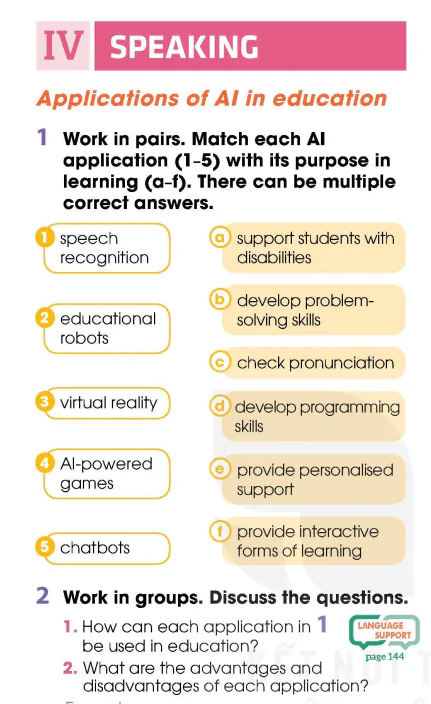


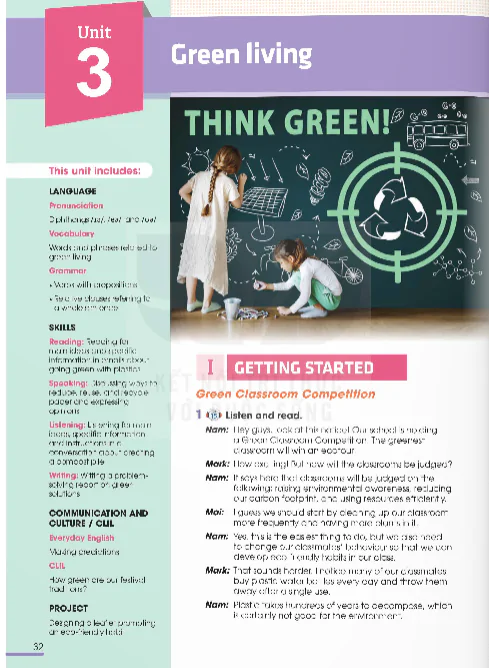
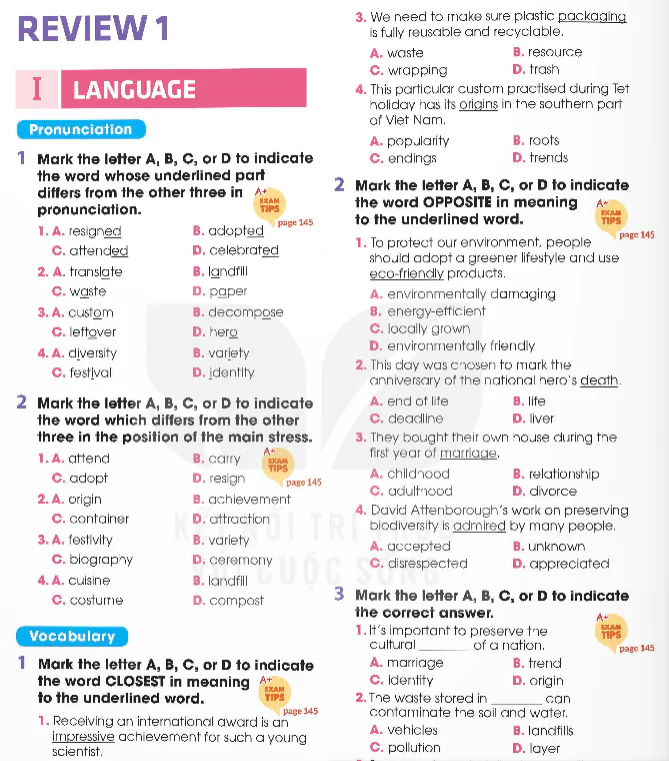
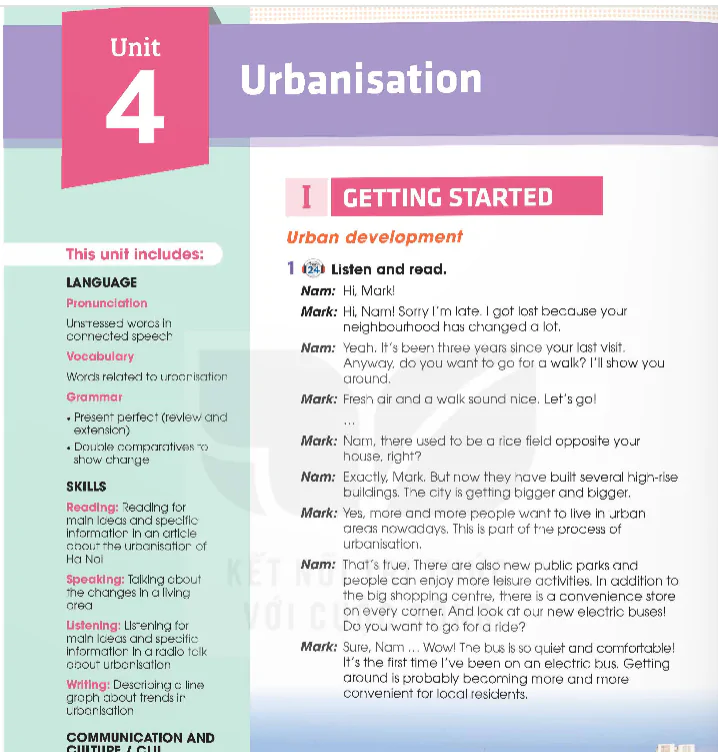
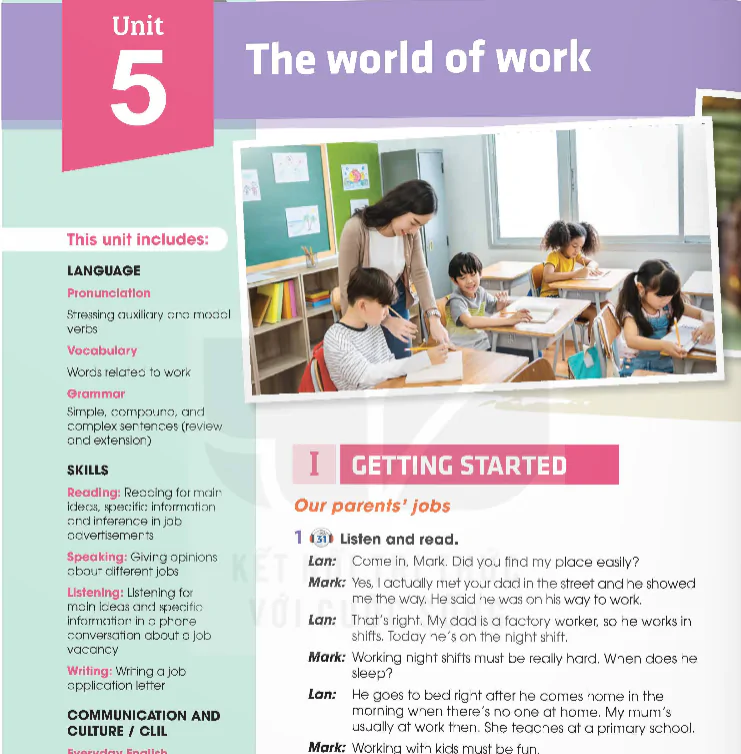
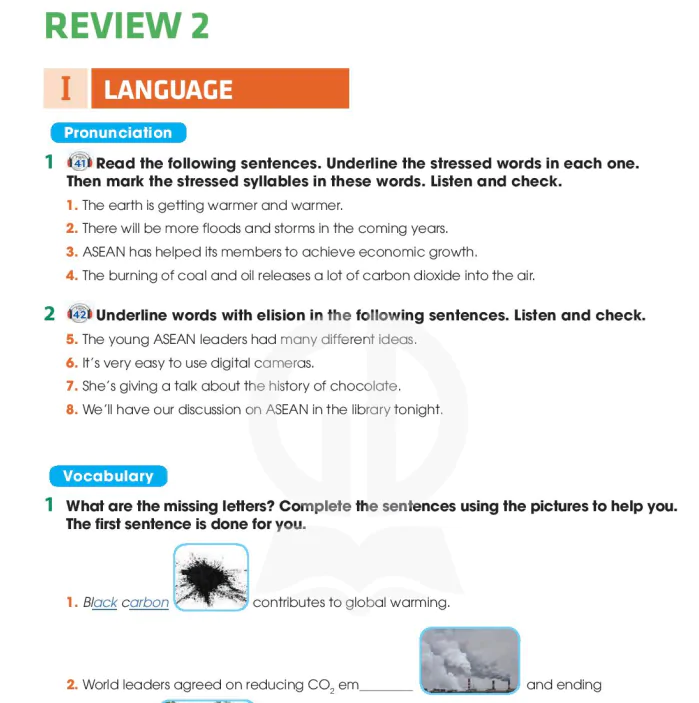
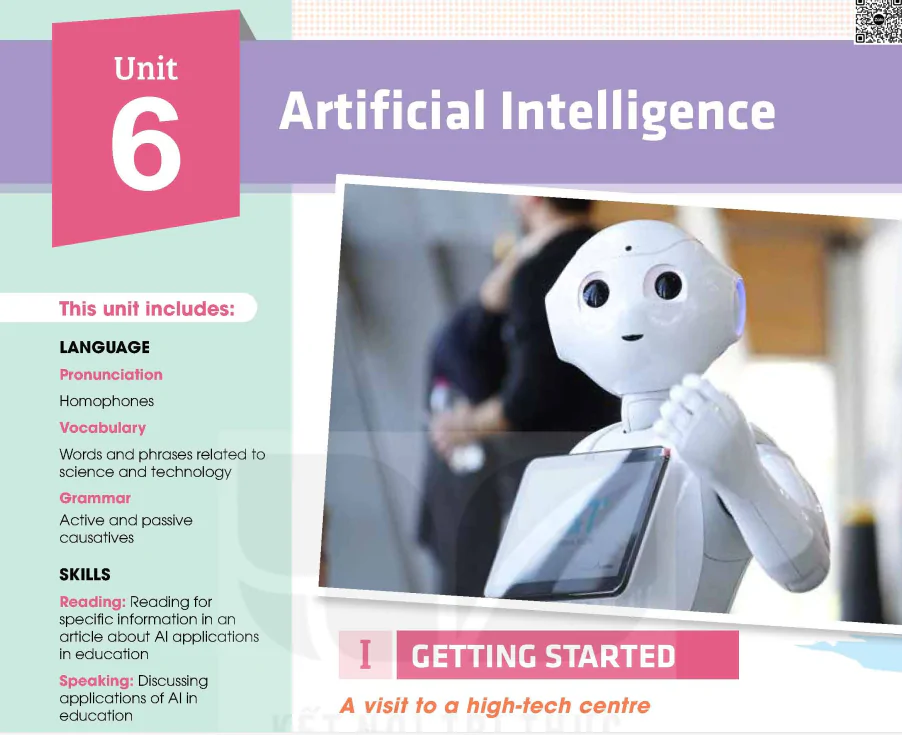
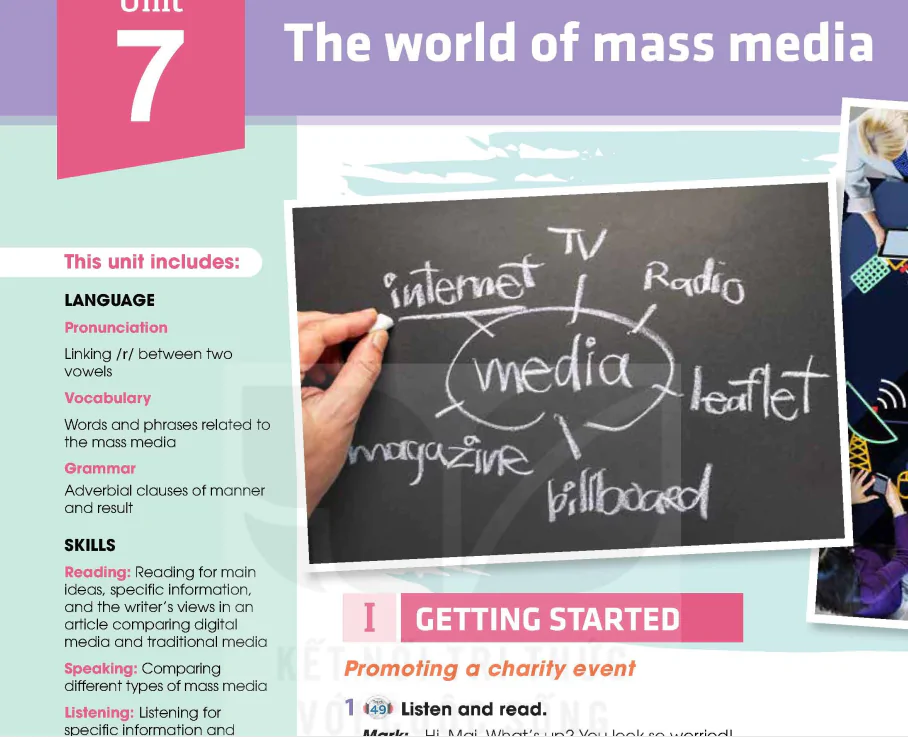

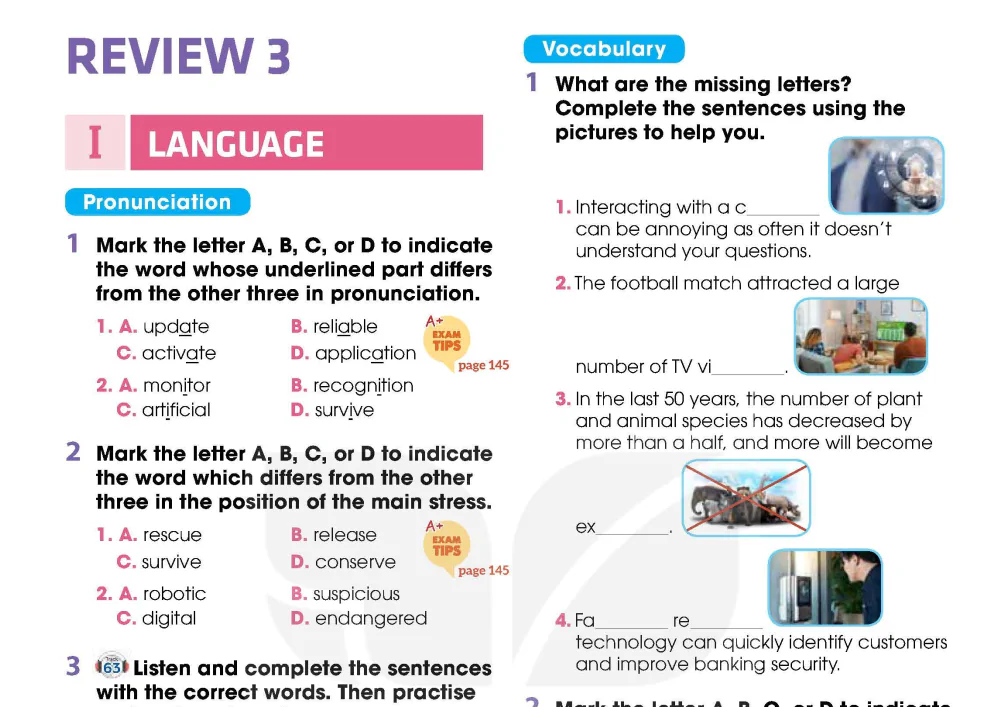
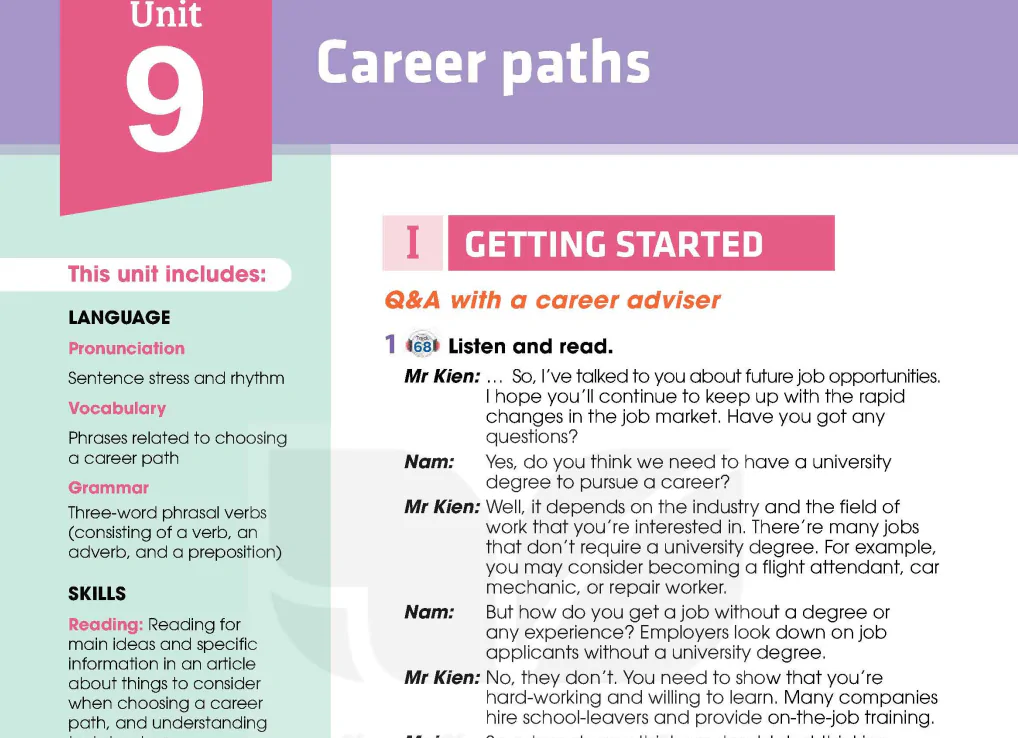

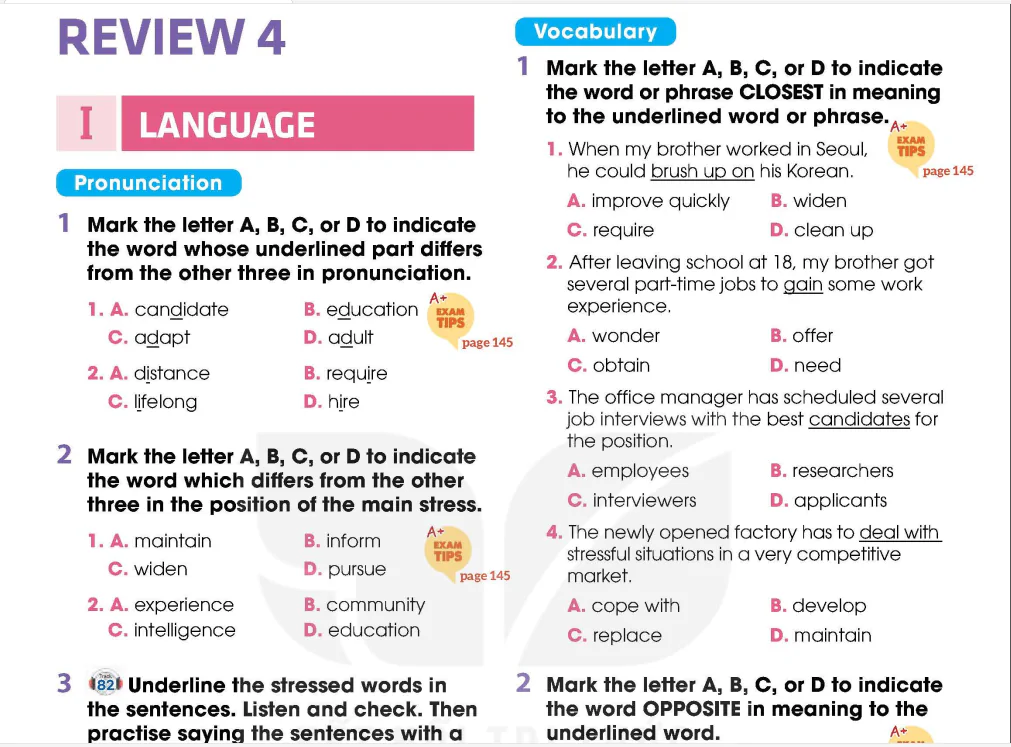
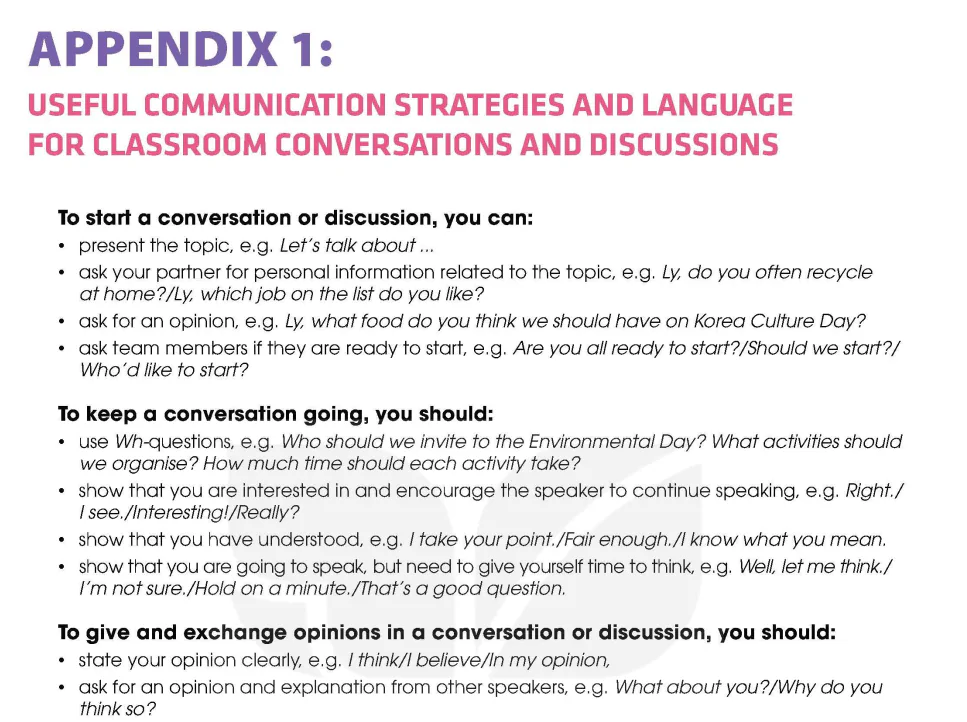
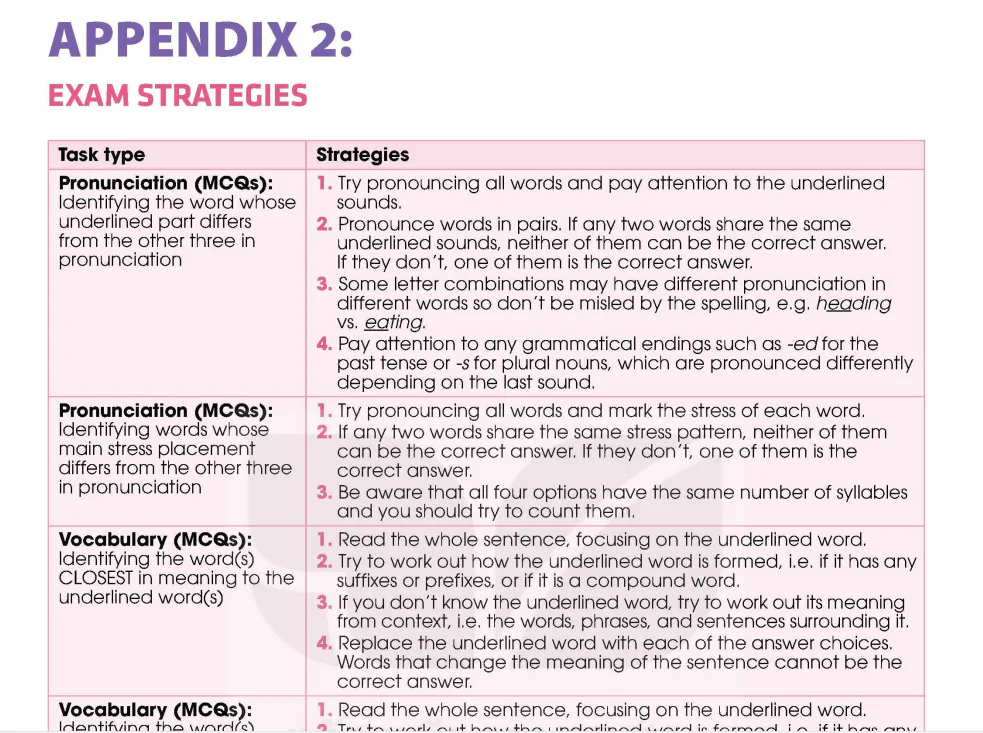
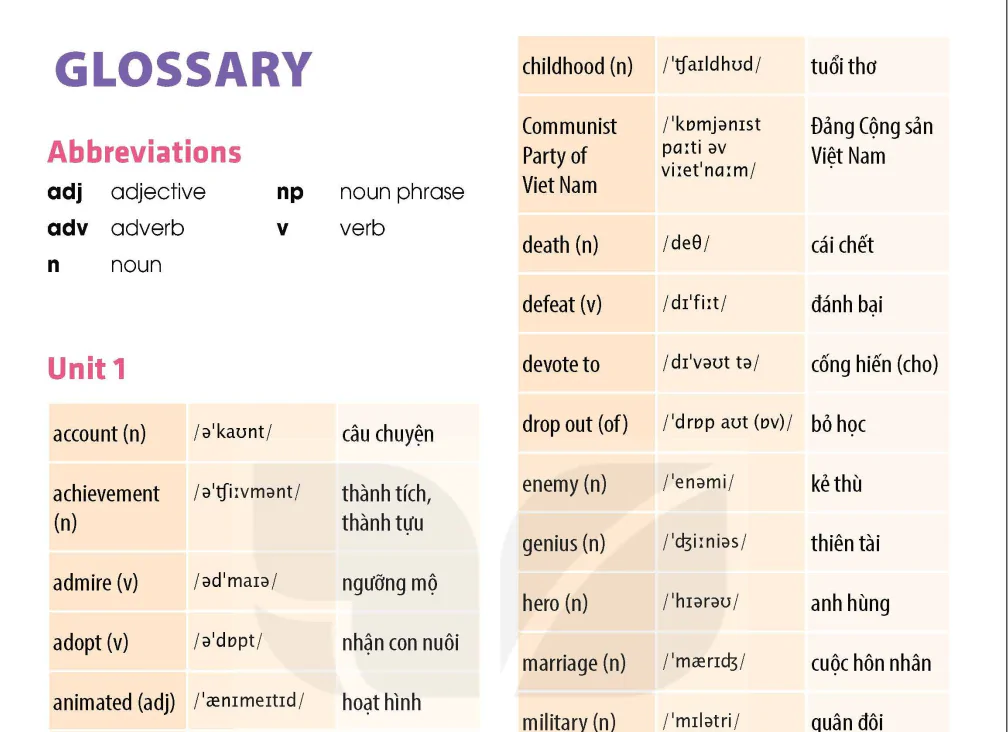


















Bình Luận
Để Lại Bình Luận Của Bạn